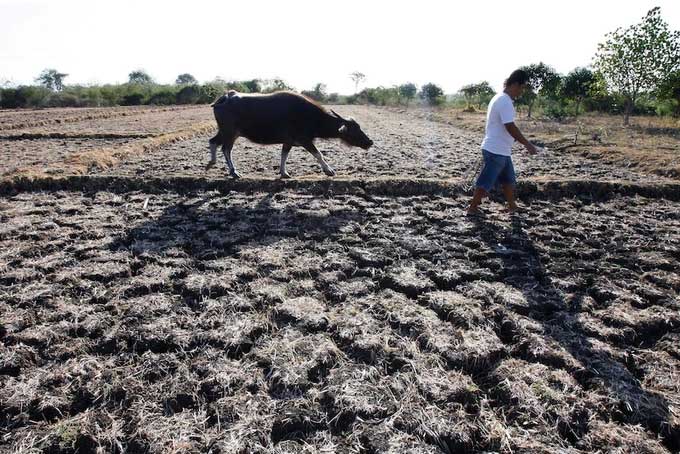The United Nations warns that the El Niño weather phenomenon has a high likelihood of forming this year, leading to record heat temperatures.
Specifically, the World Meteorological Organization (WMO) estimates that there is about a 60% chance that El Niño will develop by the end of July and an 80% chance by the end of September this year.
This is a natural climate phenomenon that causes global temperatures to rise, increases drought, and brings heavy rainfall to some regions around the world.
The most recent El Niño event occurred in 2018-2019, following which it gave way to a prolonged La Niña that caused opposite effects to El Niño, resulting in a drop in global temperatures.
Notably, despite this cooling effect, the past eight years have all been the warmest on record globally.
If La Niña had not occurred, the situation of rising global temperatures would surely have been even worse.

The 2015 El Niño event led to severe drought in the Philippines, with farmers reporting a loss of 40% of their crops (Photo: ABC).
WMO Director Petteri Taalas warned: “The development of El Niño acts as a temporary boost to the increase in global temperatures and is likely to lead to record heat.”
The World Must Prepare for the Development of El Niño
At this point, scientists are still unable to predict with certainty the intensity or duration of the El Niño phenomenon occurring this year.
Previously, from 2014 to 2016, El Niño was very strong, causing severe consequences for humanity.
The WMO emphasizes that 2016 was the warmest year on record due to the “double effect” of El Niño combined with global warming affecting the entire world.
Global warming is primarily linked to greenhouse gas emissions largely resulting from human activities using fossil fuels.
It is important to note that the effects of El Niño on Earth’s temperature are typically felt one year after its occurrence.
This means that if El Niño occurs this year, its thermal impacts may be felt more significantly in 2024.
The WMO states: “The world must prepare for the development of El Niño, which could lead to more severe weather and climate events.“
The head of the WMO recommends that countries need to establish early warning systems to protect people threatened or vulnerable to heat.
El Niño Causes Storms
According to the WMO, no two El Niño phenomena are exactly the same, and their impacts depend partly on the time of year they occur.
This phenomenon occurs on average every 2 to 7 years and typically lasts from 9 to 12 months.
The impact of El Niño is an increase in rainfall in southern regions of South America, the southern United States, the Horn of Africa, and Central Asia, while it can cause severe droughts in Australia, Indonesia, and parts of South Asia.
El Niño causes sea surface temperatures in the central and eastern tropical Pacific to warm.
The WMO explains: “In the Northern Hemisphere summer, the warming of the water surface caused by El Niño can also promote the formation of storms in the central and eastern Pacific, while inhibiting the formation of storms in the Atlantic basin.”


















































